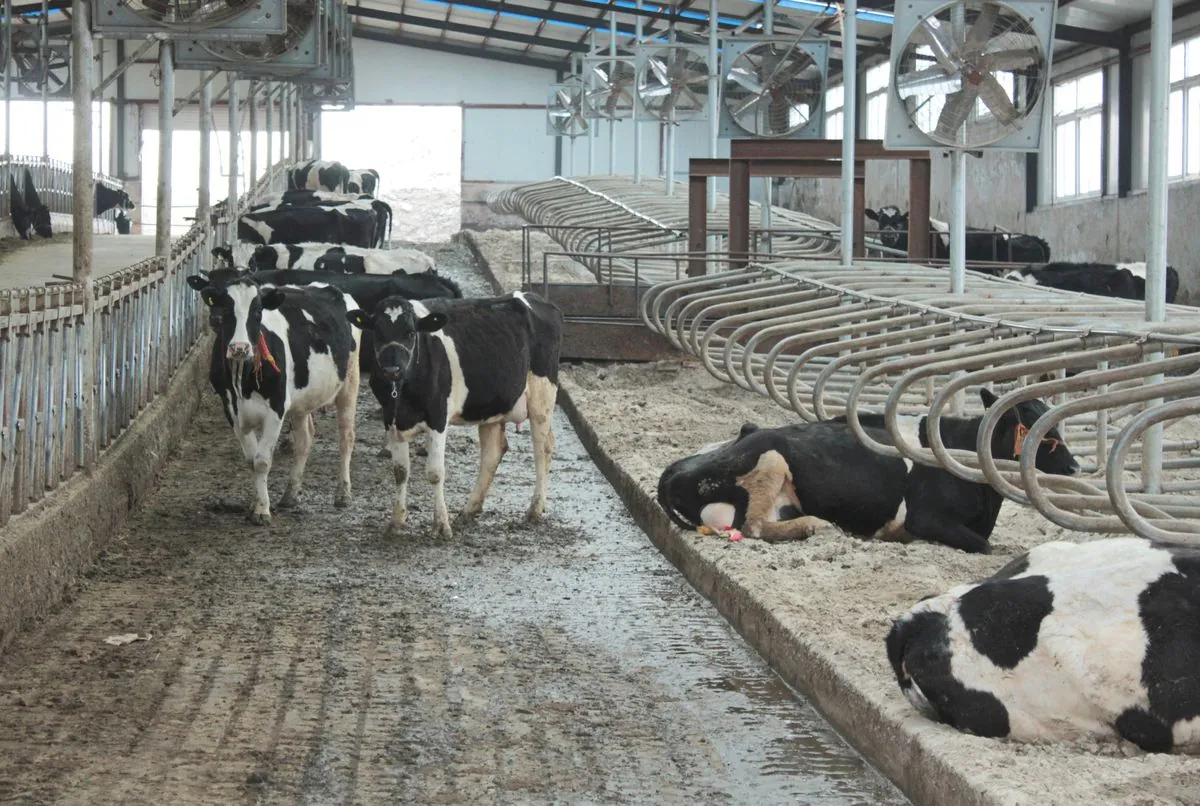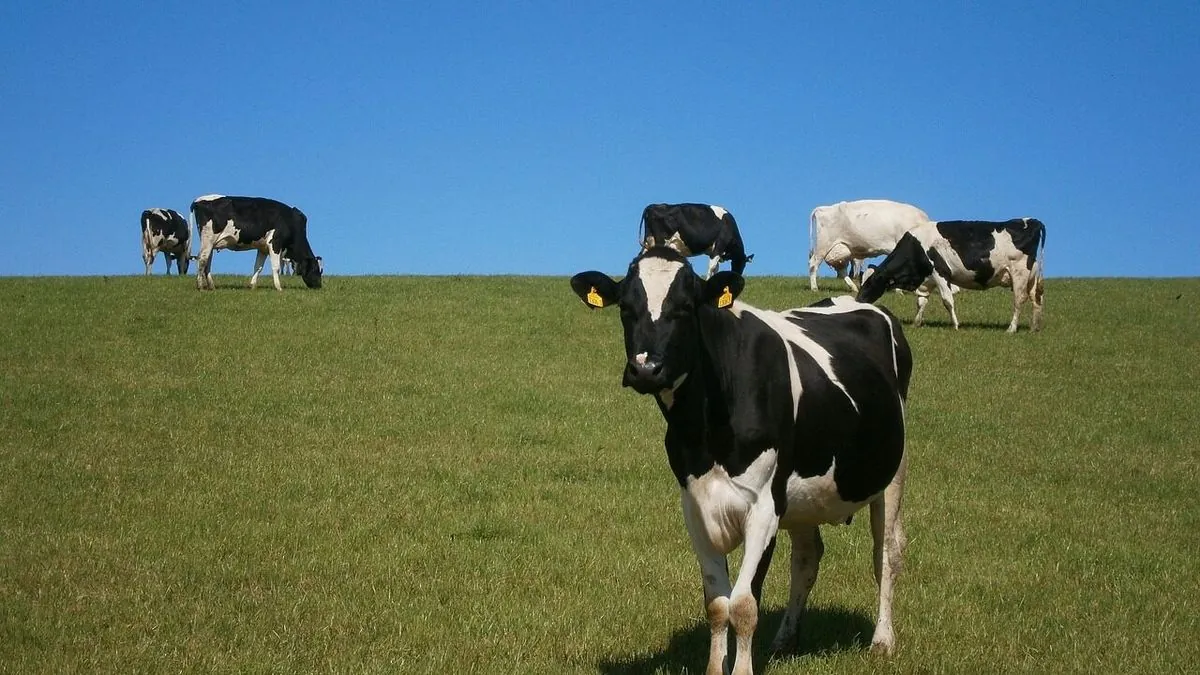China's Dairy Dilemma: Oversupply Crisis Amidst Falling Demand
China faces a milk surplus as production soars and demand falls. Declining birth rates and economic factors contribute to the crisis, forcing small farmers out and impacting global dairy markets.

China's dairy industry is grappling with an unprecedented oversupply crisis, as production surges and demand wanes. This situation, unfolding in the world's third-largest milk producer, has far-reaching implications for both domestic and international markets.
The root causes of this crisis are multifaceted. China's birth rate hit a record low of 6.39 per 1,000 people in 2023, a stark contrast to the 12.43 recorded in 2017. This demographic shift has significantly reduced the demand for infant formula. Concurrently, economic headwinds have led to more cost-conscious consumers, further dampening dairy consumption.
Modern Dairy, a major Chinese producer, reported a substantial reduction in its cattle herd and a significant financial loss in the first half of 2024. This trend is indicative of the broader industry struggles, with many small farmers shutting down operations as milk prices fall below the average production cost of 3.8 yuan per kilogram.
The oversupply situation is exacerbated by China's efforts to boost domestic production. In 2018, the government called for increased dairy output as part of its food security strategy. This initiative led to a proliferation of farms and the import of hundreds of thousands of Holstein cattle. Consequently, milk production surged to nearly 42 million tons in 2023, surpassing the government's 2025 target of 41 million tons.

Despite the abundance of milk, China's dairy consumption patterns remain largely unchanged. Liquid milk constitutes 80% of dairy consumption, with efforts to diversify into products like cheese, cream, and butter constrained by economic factors and consumer preferences.
The industry's attempts to manage excess output by converting raw milk to powder have resulted in a substantial surplus. By mid-2024, the milk powder surplus had doubled from the previous year, reaching over 300,000 tons.
Export opportunities for Chinese dairy products are limited, partly due to the lingering effects of the 2008 adulteration scandal that eroded consumer trust. Additionally, China's production costs are nearly twice those of New Zealand, a leading global dairy exporter, due to reliance on costly animal feed rather than pasture grazing.
The current situation has also impacted China's dairy imports, which decreased by 13% in the first eight months of 2024 compared to the previous year. This decline affects major exporters such as New Zealand, the Netherlands, and Germany.
"Dairy farming companies are losing money on selling milk and selling meat."
As the Chinese dairy industry navigates these challenges, the government's policies aimed at boosting production and consumption are being reassessed. The unintended consequences of these initiatives highlight the complex interplay between food security goals, market dynamics, and changing consumer behaviors in the world's most populous country.
Despite the current oversupply, some international suppliers remain optimistic about China's long-term potential as a dairy market. However, addressing the immediate crisis will require a delicate balance of production management, market diversification, and consumer education to ensure the sustainability of China's dairy sector.


































